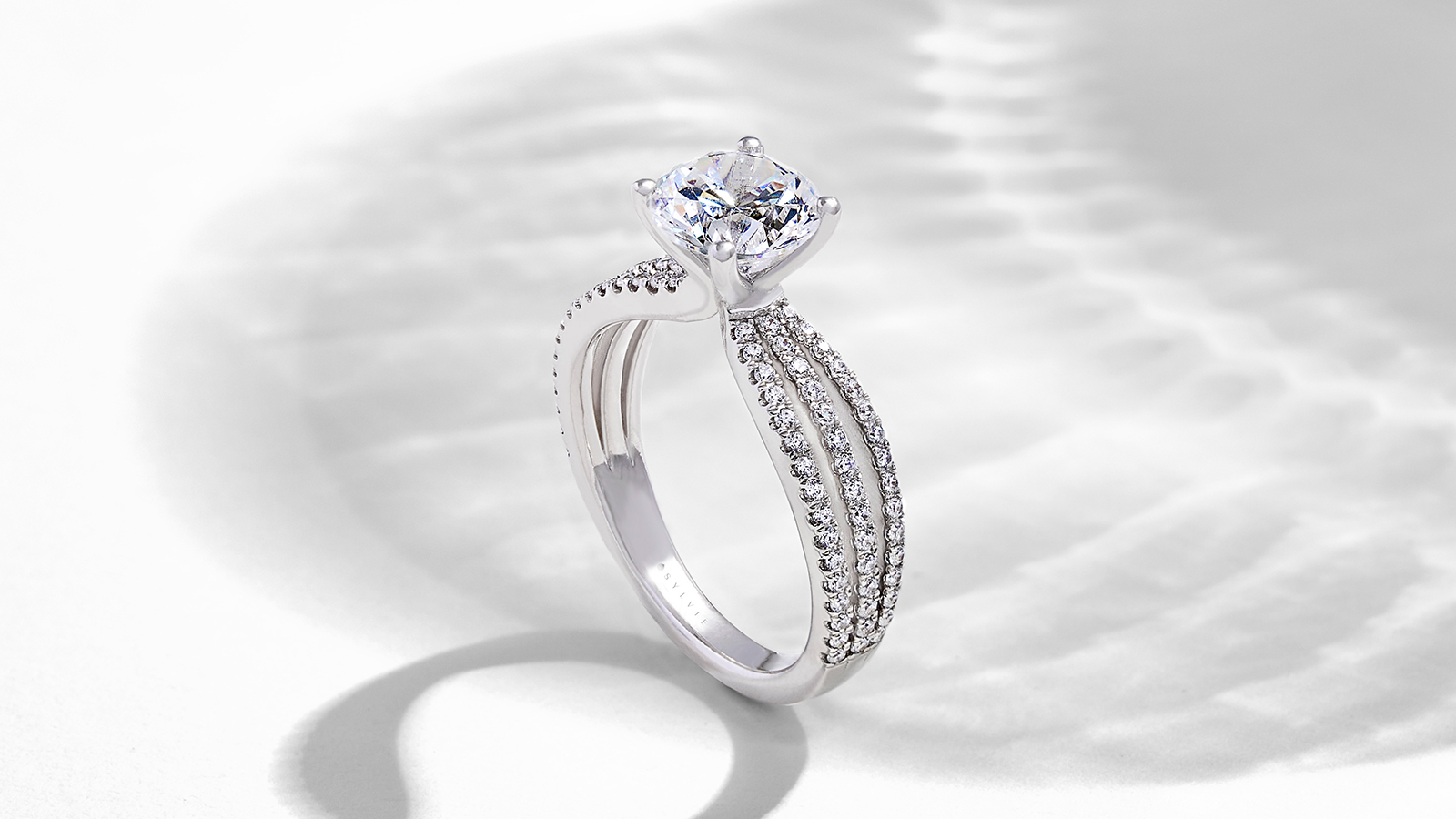Table of Contents
Introduction to Lab Diamonds
Lab diamonds are making waves in the jewelry world for their ethical production and stunning brilliance. But if you’re thinking about buying a lab diamond ring, understanding how to size it correctly is crucial. After all, a ring that’s too tight or too loose isn’t just uncomfortable; it can also spoil the look and feel of your new sparkle. So, let’s dive into everything you need to know about lab diamond ring sizes.
Why Ring Size Matters
Importance of Getting the Right Size
Choosing the right ring size might seem like a small detail, but it’s anything but. An ill-fitting ring can lead to discomfort and might even increase the risk of losing it. Imagine spending a fortune on a beautiful lab diamond ring only for it to slide off during a casual hand gesture—definitely not a situation anyone wants!
Common Ring Sizing Mistakes
Many people make mistakes when determining their ring size lab diamond ring size guide, from guessing based on existing rings to using inaccurate measurement tools. Let’s clear up these common errors so you can avoid them and ensure a perfect fit.
How to Determine Your Ring Size
Using a Ring Size Chart
One of the easiest ways to determine your ring size is by using a ring size chart. These charts typically show a series of circles that correspond to different ring sizes. Simply place your ring on the chart to see which size matches best. Keep in mind that this method works best if you have an existing ring that fits well.
Measuring Your Finger at Home
DIY Measurement Methods
If you don’t have a ring size chart handy, you can measure your finger at home using a piece of string or paper. Wrap it around the base of your finger, mark where it overlaps, then measure the length with a ruler. Compare this measurement to a ring size chart to find your size.
Professional Sizing Services
For the most accurate measurement, visiting a jeweler is your best bet. Professionals use precise tools to determine your ring size, ensuring a perfect fit every time. This option is especially useful if you’re purchasing a custom-designed lab diamond ring.
Lab Diamond Ring Size Considerations
Different Styles and Their Sizing Requirements
Different ring styles can affect how a ring fits. For example, a wide band might feel tighter than a thin band of the same size. When buying a lab diamond ring, consider the style and width to ensure you select the correct size.
Impact of Band Width on Sizing
The width of the band plays a crucial role in how the ring fits. Wider bands tend to fit more snugly, so you might need to go up a half size. On the other hand, a narrower band might feel more comfortable, and you might be able to go down a half size.
Seasonal Changes in Finger Size
Your fingers can change size with the seasons. They might swell in the heat or shrink in the cold. If you’re buying a ring around the time of year when your fingers are at their largest or smallest, factor this into your size decision.
Adjusting Your Ring Size
Resizing Lab Diamond Rings
If you find your lab diamond ring doesn’t fit perfectly, resizing is usually possible. Jewelers can either make the ring smaller or larger depending on your needs. However, resizing might not be feasible for all styles, especially those with intricate designs or set stones.
Pros and Cons of Ring Resizing
While resizing can make a ring fit better, it’s not always the best option. Resizing can sometimes alter the design or damage the ring, particularly if it’s done frequently. It’s best to get the size right from the start to avoid these issues.
Tips for Ensuring the Perfect Fit
Choosing the Right Size for Comfort
When selecting your ring size, comfort should be a priority. The ring should fit snugly but still allow for some movement. It shouldn’t be so tight that it restricts circulation or so loose that it slips off.
Engraving and Customization Considerations
If you’re considering engraving or custom designs, keep in mind that these modifications can affect the fit of the ring. Ensure that any changes are planned with your size in mind to avoid fit issues later.
Man made diamonds, also known as synthetic or cultured diamonds, are revolutionizing the world of gemstones. Created in controlled laboratory environments, these diamonds mimic the natural formation of their earth-mined counterparts. They are produced through two primary methods: High Pressure High Temperature (HPHT) and Chemical Vapor Deposition (CVD).
What if My Ring Size Changes Over Time?
It’s not uncommon for ring sizes to change due to weight fluctuations or aging. If you notice significant changes in your ring size, consult with a jeweler about resizing options or consider adjustments in your ring design to accommodate these changes.
Conclusion
Choosing the right size for your lab diamond ring is crucial to ensuring that it looks and feels just right. Whether you’re measuring at home, using a ring size chart, or visiting a jeweler, getting the perfect fit will make your lab diamond ring a cherished piece for years to come. Remember, the right size isn’t just about comfort—it’s also about enjoying your beautiful, sparkling investment to the fullest.




